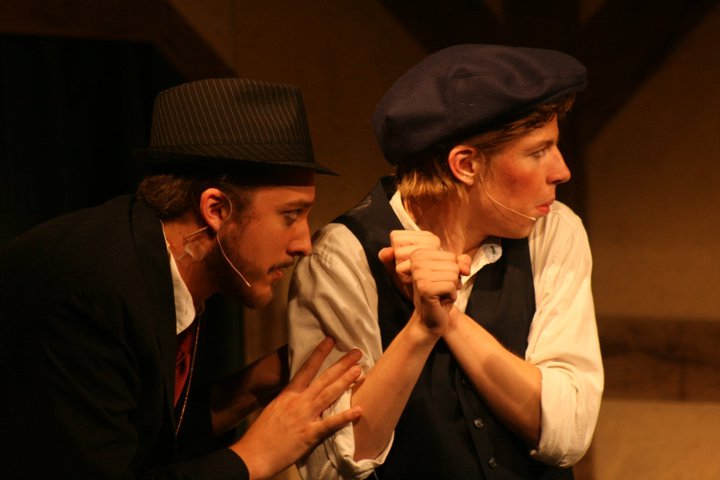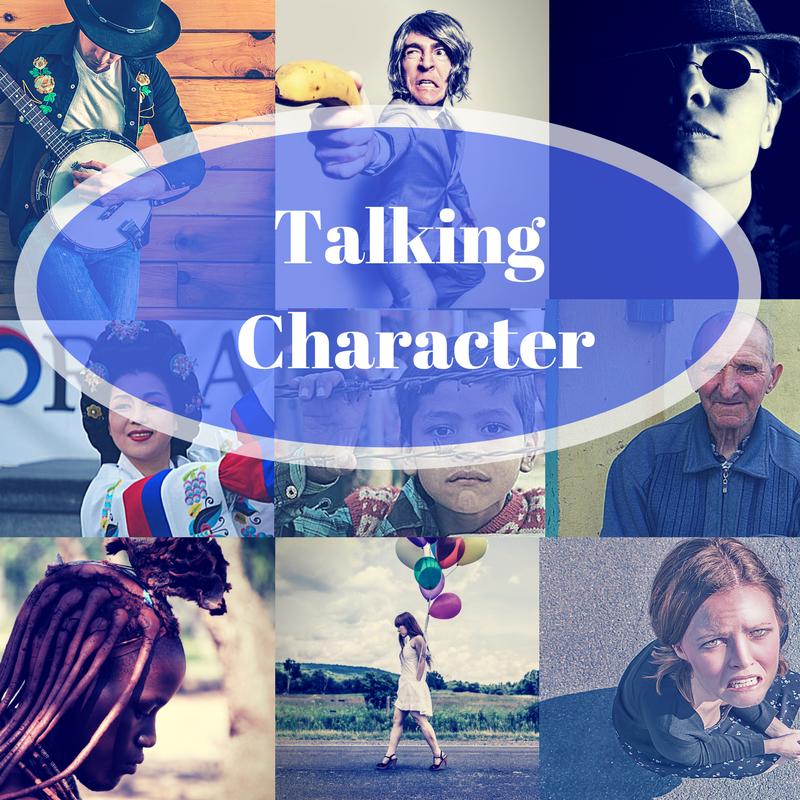What is emotional continuity?
When actors enter a scene, they bring with them a certain attitude and emotional state that is a result of the moment before they come on stage. If, in the previous scene, we witness a fight between Emma and her mother, when Emma arrives on stage to set the table, we expect some muttering, dark looks and slamming of silverware. If she enters humming, acting as if nothing has happened, we will be confused—or worse, consider it a lousy performance–because emotional continuity was broken.
[bctt tweet=”We expect emotional continuity in our stories. #writetip #writing”]
Writers must be conscious of every character’s moment before, especially in a story with multiple points of view where one or more scenes might fall between a character’s entrance and his previous appearance. It is easy to lose track of where their moment before left them. If we don’t go back and check, we may end up with jarring emotional transitions that don’t make sense.
Elapsed time and the moment before
Sometimes the moment before is clearly defined by the story, but what if hours, or even years, have elapsed since that last scene. Does a writer still need to worry about the moment before if there wasn’t one?
Certainly. A character always enters a scene in some emotional state, as this video explains:
Our job as a writer is to determine what goals, desires and feelings are appropriate for this character at the start of this scene. If the story doesn’t tell us, we need to dig a little.
- What has happened in the intervening time to bring her to this scene? How does that make her feel?
- What is his goal in this scene? What moment before would explain this goal or propel him towards it?
- Does he want to be here? If not, what has compelled him to show up?
Keeping track of your characters’ moments before will ensure emotional continuity and help your characters to remain interesting and engaged in every scene.
[bctt tweet=”When you bring a character into a scene, can you identify his moment before? #writingtip”]






No Comments